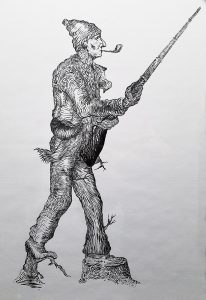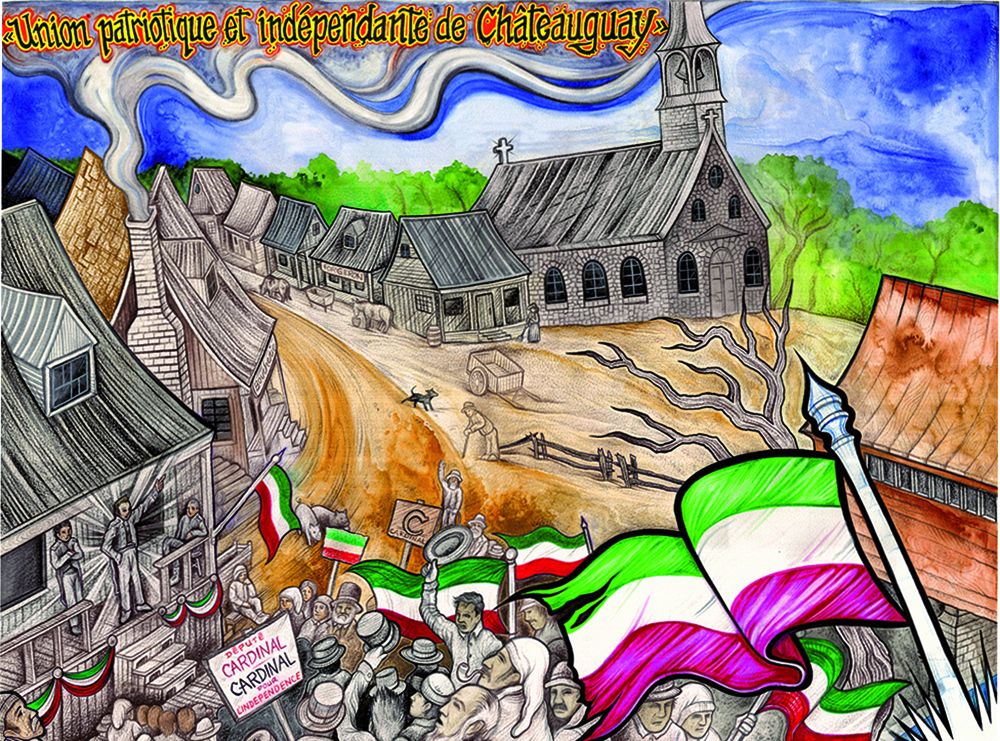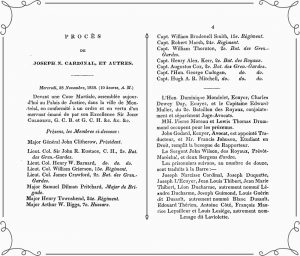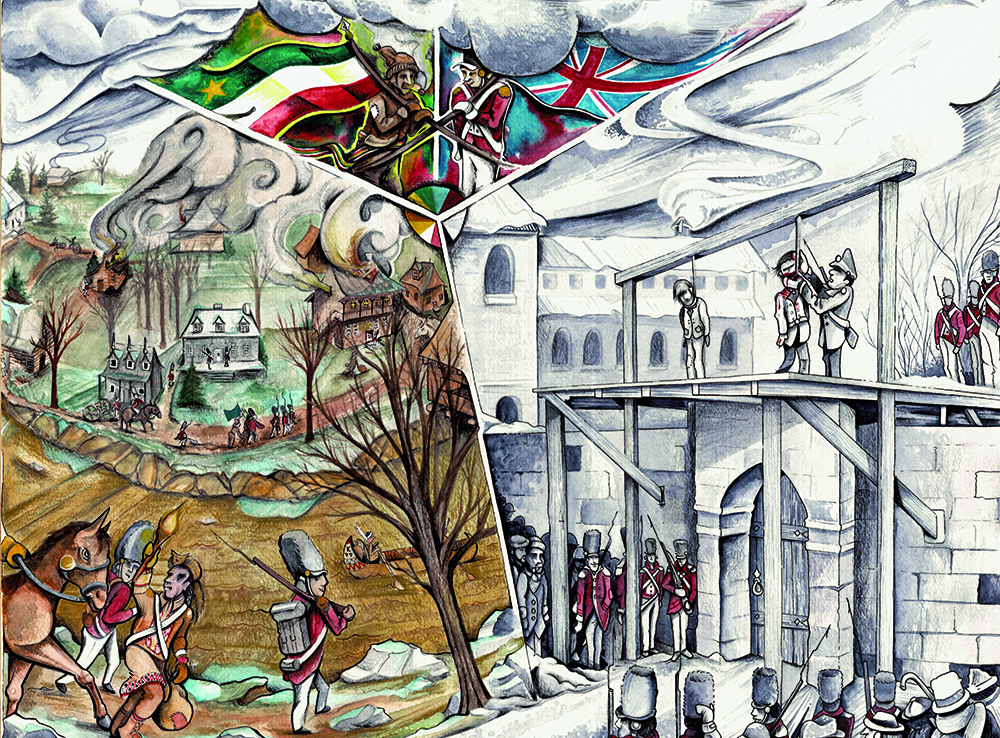Patriotic heart
François-Maurice, son of François-Georges LePailleur, ready to fight for his convictions
A decade after the LePailleur family moved to Châteauguay, the political climate in the two Canadas became increasingly tense. Dissatisfaction and frustration were rising among the inhabitants of Lower Canada. Unable to bear the inequalities and injustices of the British authorities any longer, they created the Parti patriote. Following the lack of listening to requests and grievances, peaceful pressure tactics were put in place, but nothing changed.
The 92 resolutions, co-authored by Louis-Joseph Papineau and Augustin-Norbert Morin, were sent to the Imperial Parliament of England in 1834. The response to the patriots’ demands came only two years later, a process slowed down by the shipping conditions. All of their requests were denied. In addition, the Russell Resolutions increased discontent because they further curtailed the freedoms of French-Canadian citizens.
Several public meetings were held in 1837. The leaders of the Parti patriote talked to the people and denounced the government. The possibility of violence and rebellion was mentioned. In an attempt to stifle this kind of discourse, Lord Gosford, then governor-in-chief of British North America, declared these meetings illegal. But this did not stop anyone, and on October 23 and 24, 1837, the Assembly of the Six Counties was held in Saint-Charles-sur-Richelieu. Several speakers, including leader Wolfred Nelson, suggested taking up arms.
From that moment on, acts of violence multiplied and ultimately lead to insurrections. Many clashes took place during 1837 and 1838.
At the heart of a conflict (subtitles available in French and English). Enjoy the French video with an English transcription.
Among the participants in the various events of the rebellion are several residents of Châteauguay, including François-Maurice LePailleur, son of the notary François-Georges. Following various skirmishes, 137 of them were imprisoned and quickly tried. Justice was questionable at these trials and guilty verdicts were quickly delivered. Some were able to pay high bails to be released. Moïse Dalton, father of Philomène and future father-in-law of Alfred-Narcisse LePailleur, was part of this group. The leaders did not get the same leniency. They were to be executed.
On December 21, 1838, Joseph Duquet and Joseph-Narcisse Cardinal, both Châteauguay patriots arrested at Kahnawake, were hanged. Ten other hangings followed in early 1839. Some time after the executions, the death sentences of some other patriot leaders were commuted to exile for life in Australia. Such is the case of François-Maurice LePailleur and six of his companions of misfortune.





